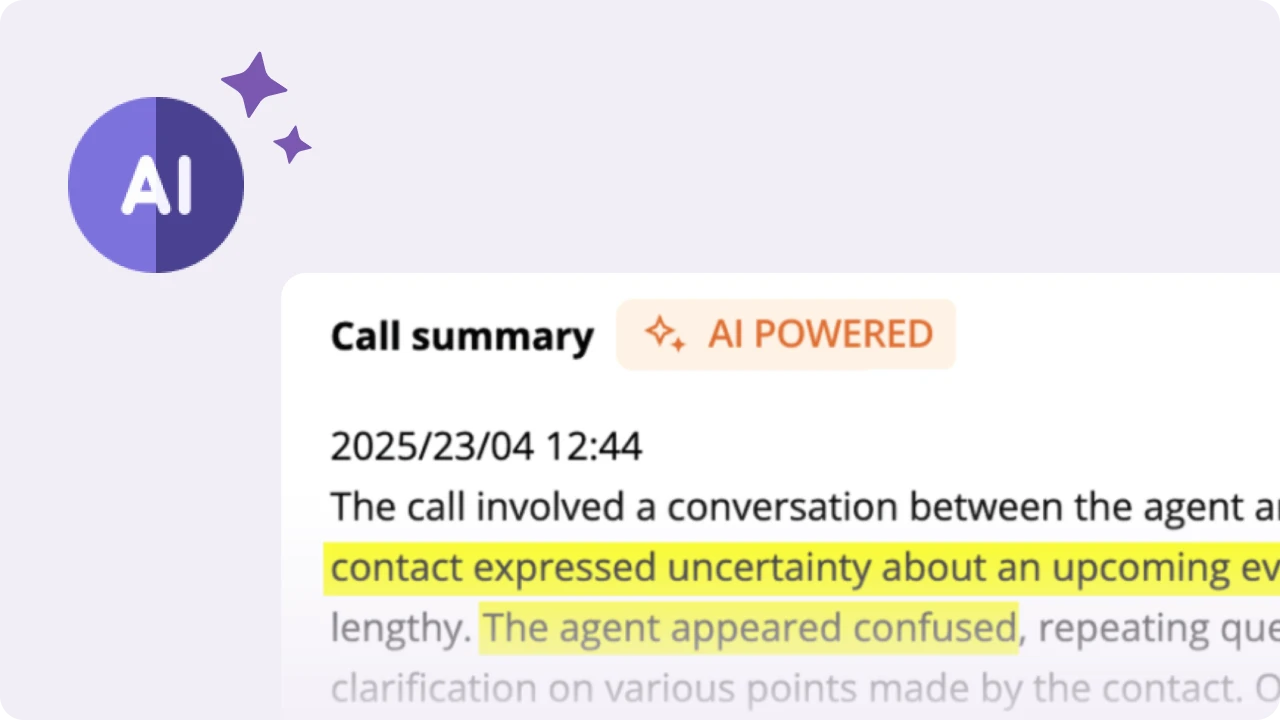Table of Contents
Donors will only support your nonprofit long-term if they’re confident that you’ll use their contributions to further your mission. But with public trust in nonprofits hovering around 57% in the 2020s, there is noticeable room for improvement in building this confidence across the sector.
Developing lasting relationships with current and potential supporters is essential for fostering trust, especially when it comes to individuals who could contribute major or planned gifts to your nonprofit. By strategically cultivating these donors, your organization can not only secure these impactful gifts but also lay a foundation for sustainable, loyal support.
In this guide, we’ll explore three tips to help your nonprofit deepen connections with donors and turn one-time contributors into long-term supporters. Let’s dive in!
1. Segment your supporters
Donor segmentation, or the process of grouping supporters based on shared characteristics, helps you fully understand who they are and how they contribute to your mission. That way, your team can use this information to tailor outreach and engagement strategies that resonate with your target audience.
DonorSearch’s guide to donor analytics outlines five types of segmentation criteria that can help your organization achieve various cultivation goals, including:
- Demographics: This category encompasses basic information about each donor, such as their age, gender, location, education, marital and family status, employment, and wealth. While you should be careful not to let preconceived notions about various demographic groups introduce bias into your strategy, understanding these analytics can still help your nonprofit efficiently reach similar audiences of supporters.
- Psychographics: These are social and behavioral factors that provide insight into the “why” behind donors’ contributions. Relevant data points may include hobbies, interests, values, lifestyles, opinions, pain points, and motivations for supporting your mission.
- Giving history: Donors’ past giving helps you gauge their commitment to your nonprofit before asking them to contribute again. To find this information, you may look at their average donation amount, frequency, and recency of giving, preferred contribution channels, and lifetime value.
- Non-donation engagement: When determining donor loyalty, giving history only tells part of the story. Committed donors also frequently get involved with your mission in other ways, like volunteering, attending events, advocating for your cause, and interacting with your marketing materials.
- Predictive analytics: This data provides your team with insights into supporters’ future behavior, typically requiring more advanced software and modeling to achieve the most accurate results. You might predict individuals’ likelihood of responding to outreach, making a first gift, becoming a repeat donor, and more when deciding how to prioritize your cultivation efforts.
While predictive analytics are best suited to cultivating new donors, the other data you use to segment your existing donors can also help you develop relationships with potential supporters who share similar characteristics.
For example, you might find that your donors aged 18-29 often interact with your nonprofit on social media, and many of them got involved in volunteering or advocacy before making their first gift. So, to cultivate new donors in that age bracket, you could promote volunteer and advocacy opportunities on social media, then reach out about giving to those who sign up.
2. Establish Regular Communication Cadences
When communicating with supporters you’re trying to cultivate, it’s essential to strike the right balance in your messaging frequency. While consistency keeps your nonprofit top of mind, sending too many communications can overwhelm your audience and cause donor fatigue or burnout.
Here are a few ideas to help you hit the sweet spot with donor communications:
- Send out a recurring newsletter. Newsletters allow you to update supporters on everything going on at your organization on a regular basis (monthly, semimonthly, quarterly, etc.) in a concise, engaging format. Signing up for a newsletter is also a great first step to offer individuals who want to get involved but aren’t ready to contribute yet.
- Use donors’ preferred channels for individual outreach. Many donor cultivation teams default to emailing or calling all of their potential supporters to save time. However, some donors may be more receptive to one of those contact methods than the other, and some might rather communicate with you via text or another platform. Using supporters’ preferred channels ensures they’ll see your messages and makes them more likely to respond positively.
- Personalize whenever possible. Always address supporters by their preferred name and reference their past engagement with your nonprofit as appropriate in direct messages. Even simply adding donors’ names to the subject line of your newsletter or replying to their social media comments can make them feel more valued than generic outreach would.
Additionally, donors should always have the information they need to take the next step in their relationship with your nonprofit, although this step doesn’t have to be (and shouldn’t always be!) making a donation. For prospective first-time donors, many of your messages will focus on consideration, whether they want to learn more about your organization or explore other ways to engage before giving. With long-term supporters, keeping them updated on their gifts’ impact and other news from your nonprofit helps boost long-term loyalty.
3. Take a Flexible Approach
The most effective donor cultivation strategies aren’t just tailored and consistent—they’re also adaptable. You never know exactly how a supporter will respond to a message until after you’ve sent it, and donors’ needs and preferences can vary widely and often change over time.
To develop an adaptable moves management process for donor cultivation, make sure to:
- Manage donor data effectively. Practice good data hygiene by regularly updating your data and checking stored information for inconsistencies or inaccuracies. Make sure to integrate other solutions like fundraising tools and prospect research platforms with your database to streamline information transfer.
- Rely on individualized insights, not generalized assumptions. As we discussed with communication, making blanket statements about donors saves time, but doesn’t always result in positive responses. For example, if you invite all of your major donor prospects to your annual gala because “wealthy donors like galas,” some of them will probably decline. However, if one of your prospects enjoys running and you send them a separate invitation to your upcoming 5K instead of the gala, they’ll be more likely to say yes.
- Go directly to the source. No one can tell you more about your donors than your donors themselves! Send out periodic surveys about various aspects of supporters’ experience with your nonprofit (making donations, marketing, other engagement opportunities, etc.) so they can provide direct input on what aspects they like best and what changes they want to see.
A flexible, data-informed strategy allows your nonprofit to meet supporters where they are and keep them coming back. When you try a new cultivation tactic, track the results so you can capitalize on your strengths and avoid repeating any mistakes in the future.
Effective donor cultivation allows you to form lasting bonds with community members who believe in your mission. With the tips above and the right software to help you get started in your toolkit, you’ll strengthen donor relationships at all levels and lay the groundwork for your nonprofit’s long-term success.


